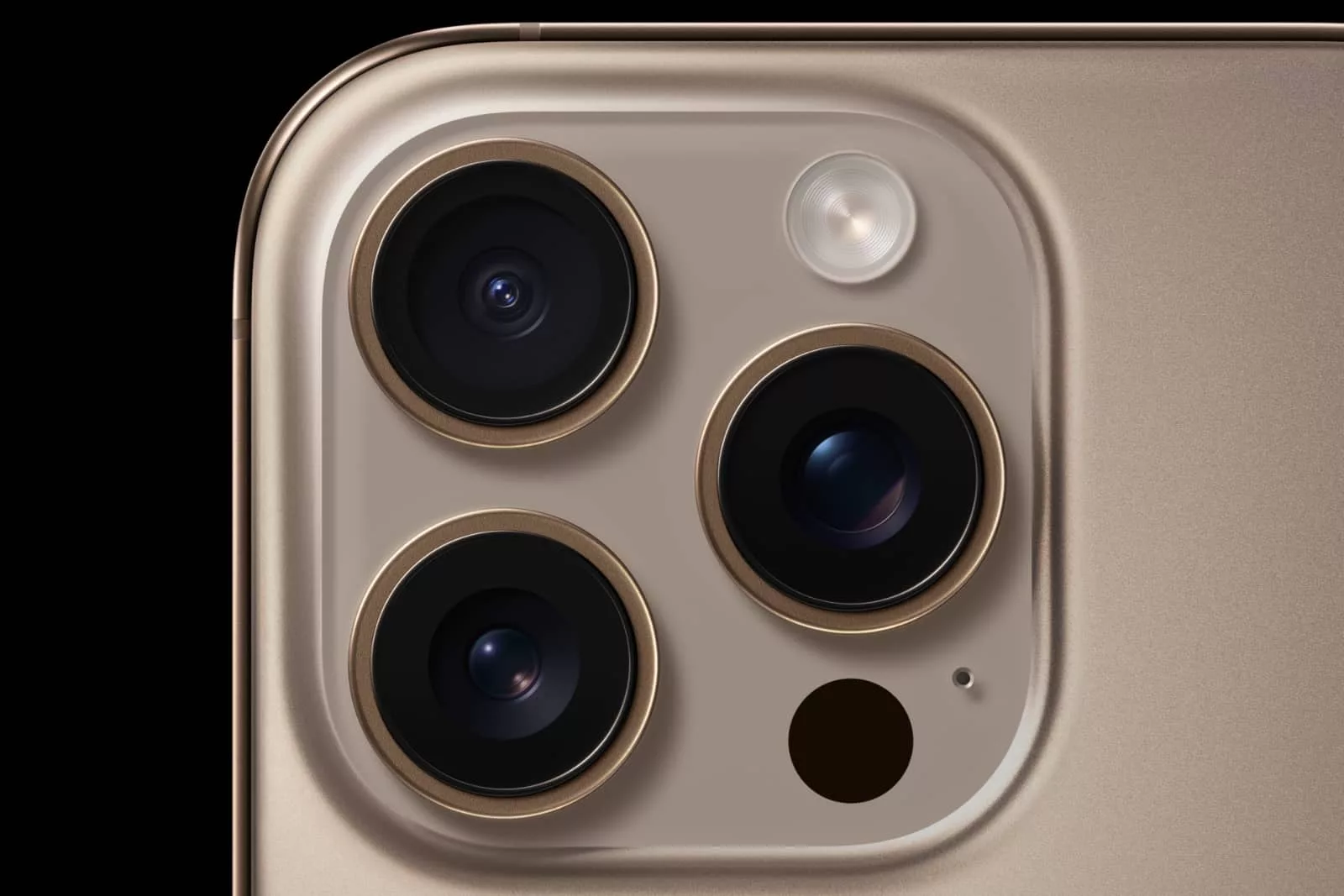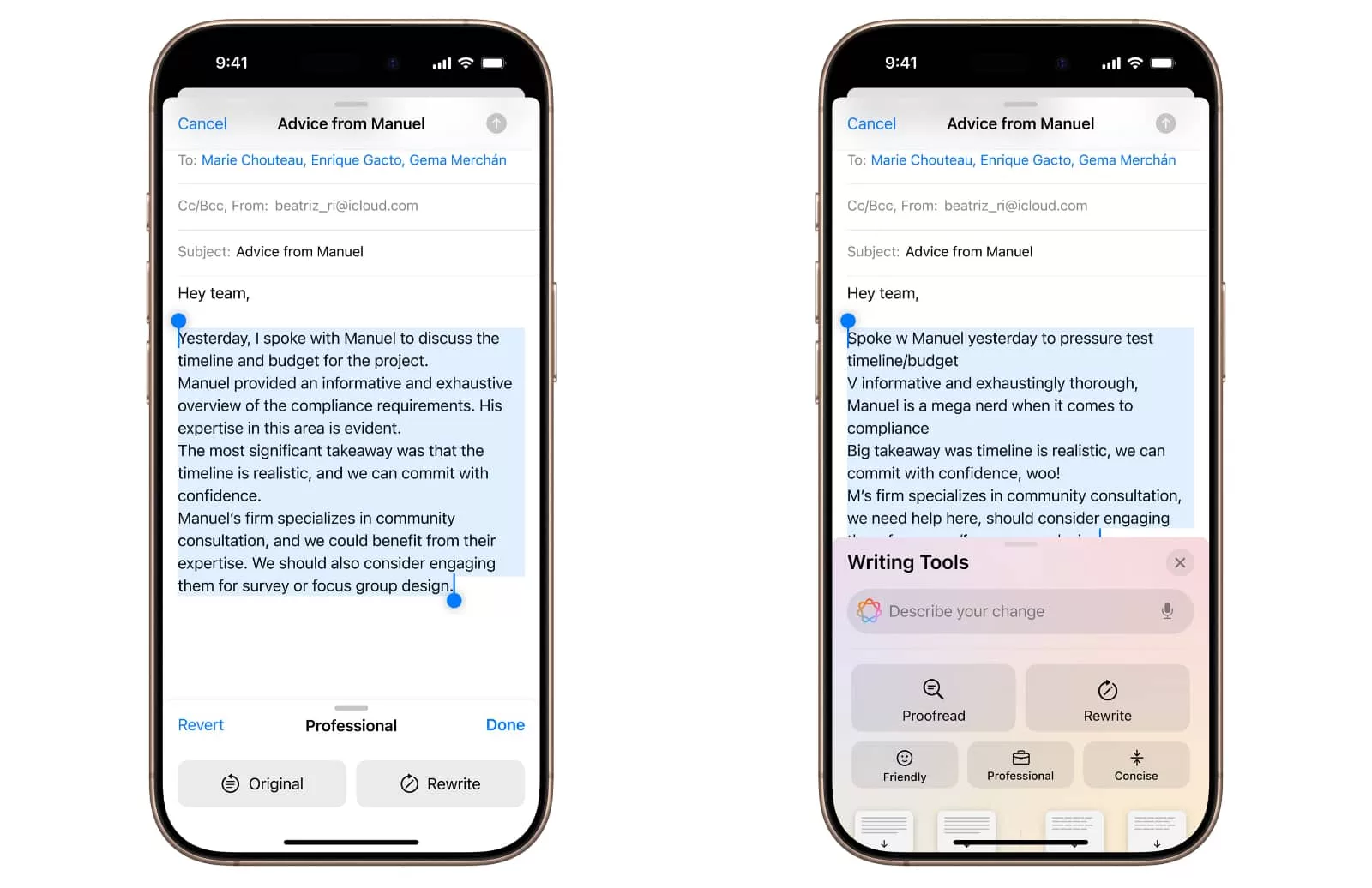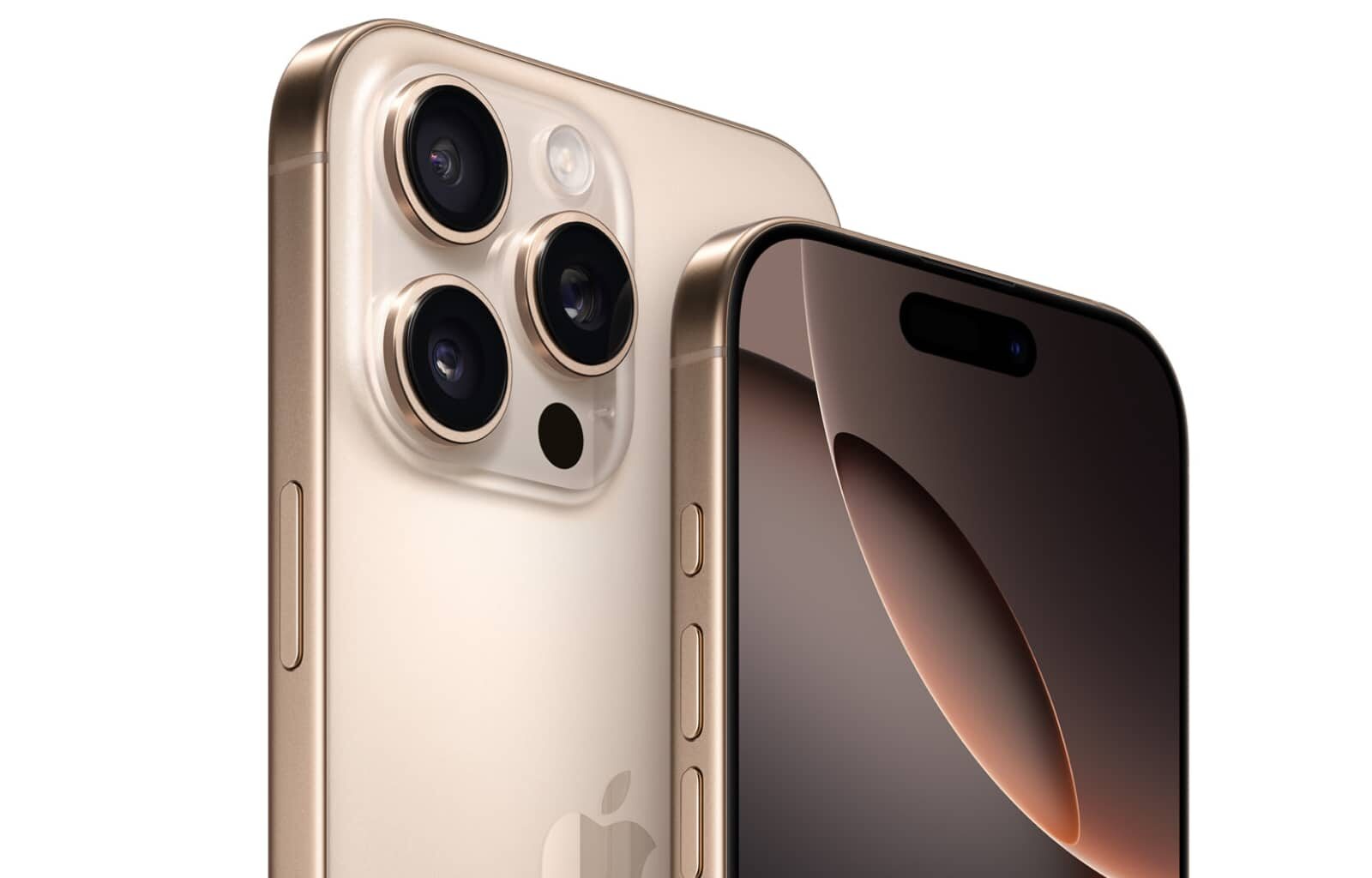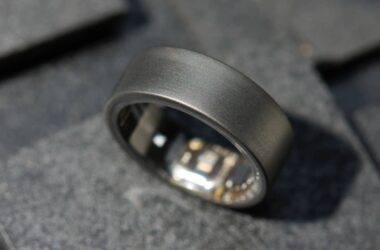It’s not just a regular iPhone 16 you have to look forward to. The Pro and Pro Max models are now more unified, bringing better camera chops to the package.
The iPhone 16 has been announced, largely as expected at Apple’s Glow-up event in September 2024, and while much of the focus was on the standard iPhone 16 model for everyone, there is, as usual, more premium models on the way, as well.
Both the Pro and Pro Max iPhone variations are here this year, delivering just that little bit more on top of the standard iPhone 16 formula. This year, that includes a few new things to the package designed to make the iPhone 16 that little bit extra.
You’ll still get AI via Apple Intelligence and you’ll still get three cameras, a big screen, and a fast chip. But Apple appears to have tweaked the package just that little bit to make the 16 Pro and Pro Max more interesting for folks looking for the best iPhone they can find this year.
Bigger screens, bigger size
First and foremost, the screens are getting slightly bigger. The physical size of each iPhone is also getting slightly bigger, too, suggesting new cases won’t be compatible, but the screen sizes have changed.
Officially, both the iPhone 16 Pro and 16 Pro Max are bigger than their respective siblings.
The 16 Pro is a 6.3 inch phone up from the 6.1 inch screen of the 15 Pro, while the 16 Pro Max moves to a 6.9 inch screen up from the 6.7 inch of its 15 Pro Max predecessor. That makes each the biggest for any iPhone in their respective models, both of which still come with Apple’s Pro-Motion technology able to stop the screen refresh rate for the “always-on” screen on the phones, all the while encasing the hardware in titanium and a new generation of the Ceramic Shield for glass resistance.

Upgraded cameras
The rear cameras are also getting some improvements, as the 48 megapixel main camera on the back becomes a 48 megapixel “Fusion” camera, using a new quad-pixel sensor to provide four times the pixel resolution in a 12 megapixel image, or offering both 24 and 48 megapixel shots.
Apple is also improving on the ultra-wide camera, boosting the resolution from 12 megapixels to 48 megapixels, all the while offering macro at that 48 megapixel resolution, as well. The ultra-wide sensor is also a quad-pixel sensor, meaning when it crunches down to a 12 megapixel image, you’ll get four times the data potentially offering improvements in light.
The 12 megapixel 5X telephoto camera sticks around from the 15 Pro Max from last time, but Apple will be offering it for the first time on the standard 6.3 inch iPhone 16 Pro, making both phones share the same camera stack.

It also includes support for 4K video at 120 frames per second, making for smooth and high-res slow motion, complete with Dolby Vision HDR support.
Support for Apple’s customisable Photographic Styles is also part of the package, just like it is on the iPhone 16 and 16 Plus, and just like those models, the Pro and Pro Max will also include Apple’s new Camera Control button, an extra button on the side that works both as a slider to control camera functions and a button to control focus and firing the shot. Kind of like a real camera.
One point of difference between the 16 Pro/Pro Max and the standard 16 camera set up is in the AI capabilities of the camera. Specifically, Apple Intelligence on the 16 Pro and 16 Pro Max will support Siri being able to edit an image in a Darkroom app, allowing you to edit and filter images quickly and easily.
Distinct AI differences
Editing photos like you might in a digital equivalent of a darkroom isn’t all the AI offers differently on the 16 Pro and Pro Max range.
While much of the Apple Intelligence feature set will be shared between iPhone 16 models, the more premium iPhone range will gain extras, such as being able to overlap audio recorded from the Voice Memos app to let you record small musical ideas. Record the song with a guitar and voice in different tracks, and Apple’s intelligence will work out which track to cancel after one has been played back to you.

Better specs
Making all this work requires a new chip, and fortunately, there is one of those.
Regardless of whether you opt for the 6.3 inch iPhone 16 Pro or the 6.9 inch iPhone 16 Pro Max, both will come with the A18 Pro, Apple’s latest chip built on a 3 nanometer process and providing speed improvements practically everywhere.
The CPU is faster, the graphics component is faster, and even the AI-ready neural engine component is faster. Everything is technically faster, supporting high-res console-like graphics in games, too.
You can expect 5G, WiFi 7, Bluetooth 5.3, GPS, and more, while the USB-C port at the bottom will offer USB 3 speeds, too, plus high-speed charging. Wireless charging is also provided with MagSafe and Qi2, the latter of which is taking its time coming to Android phones.
With almost everything the same, the main differences between the 6.3 inch iPhone 16 Pro and the 6.9 inch iPhone 16 Pro Max are the screen size and the battery: one is bigger than the other, and so supports more battery life. But they equally both offer more battery life than their predecessors, at least on paper.

Pricing and availability
They both also come with relatively hefty price tags, with the 128GB iPhone 16 Pro starting from $1799, while the 256GB iPhone 16 Pro Max will start from $2149. There is no 128GB Pro Max edition, but outside of that, the entire range will offer storage amounts covering 512GB and 1TB, too.
The iPhone 16 Pro and 16 Pro Max are set to be released in Australia from September 20 alongside the equally new AirPods 4, available in four titanium finishes: black, natural, white, and a desert gold.






